Gross Vehicle Weight Rating (GVWR) Guide for Truck Trailer Manufacturers
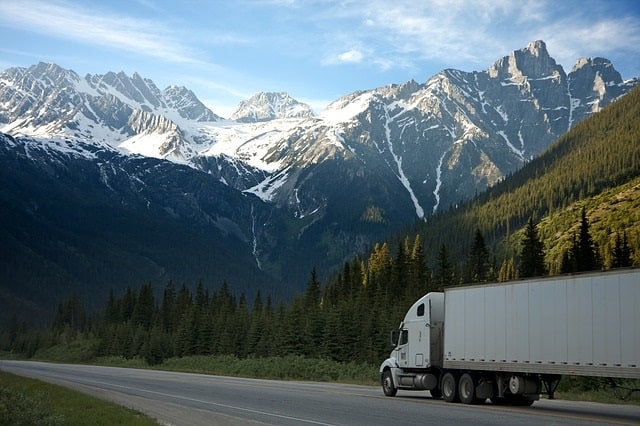

Truck trailer manufacturers provide an incredible service to the economy, building and, in some cases, maintaining the fleets of some of the most powerful companies in the world. Without these rigs, the way we exchange and transport goods and services would look very different, and would likely be much less efficient. That said, large trucks do pose some safety risks to the drivers and passengers they share the roadways with, as well as to their surrounding environments if the vehicles are not operating as they should be.

According to data compiled by the National Highway Traffic Safety Administration (NHTSA), large trucks, especially those hauling trailers, cause the worst destruction on today’s roadways. As a matter of fact, in 2014 alone, a staggering 3,903 people were killed in truck-related accidents, with another 111,000 injuries tallied. Of course, there is a slew of reasons why these accidents occur, from driver fatigue to wildlife activity on roadways and beyond. The one variable that’s easiest for operating companies to control is the GVWR, otherwise known as the Gross Vehicle Weight Rating.
If trucks are used to haul trailers that are much too heavy or contain imbalanced loads, the operating company is then putting anyone crossing the vehicle’s path at risk. Additionally, they are also rolling the compliance dice, as the federal government has enacted a list of stringent GVWR-related regulations that manufacturers and operators must follow.
Whether you are in the truck trailer manufacturing business or you operate a fleet, it’s important that you learn the ins and outs of GVWR. We’ve put together this comprehensive guide to walk you through everything you need to know about GVWR and how to ensure compliance with regulations.
In this guide, we’ll discuss:
Gross vehicle weight rating, or the GVWR, is a weight rating that applies to vehicles that fit into a range of different categories, from light, everyday pick-up trucks to trucks towing large tractor trailers.
GVWR is an important safety element for personal to commercial trucks. At its essence, GVWR can be broken down into one rating classification compiled of two separate elements:
and
Similar to other vehicle safety ratings, the GVWR is a number that is specific to the vehicle and one that will likely never change. The only instance in which something like this might occur is if the manufacturer of the truck issues a recall directly concerning the GVWR or if a formal change is made by the U.S. Department of Transportation Federal Highway Administration’s Freight Management and Operations.
GVWR consists of eight separate weight classes which cover three commercial truck categories. Here are the official numbers:
Light-Duty Trucks
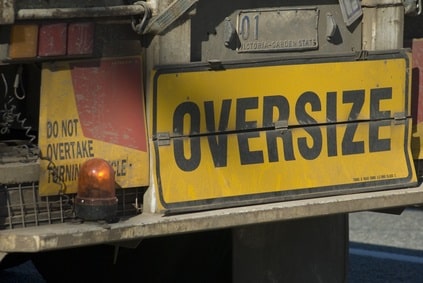
Medium-Duty Trucks
Heavy-Duty Trucks
Note: operators in this category must hold a Class B CDL to drive the vehicle.
If you are, in fact, a truck trailer manufacturer, chances are your products are going to fit into the very last category – Class 8. Even if the GVWR does not hit a number that exceeds 33,001 pounds, the Agency states that all tractor trailers are a part of it. The maximum weight for Class 8 trucks is determined on a case-by-case basis using the Federal Bridge Gross Weight Formula. In some cases, longer or heavier loads can safely travel on interstate highways, but some may be considered oversize loads in some states, which requires a special permit and the use of additional safety measures, such as flags and lights.
As a truck trailer manufacturer, GVWR is important to know. Your customers are the ones who need to adhere to these regulations, so it’s key that you provide them with a product that seamlessly corresponds to their existing fleet. Keeping the line of communication open is the first step to achieving compliance success.

Back in the 1950s, the Dwight D. Eisenhower System of Interstate and Defense Highways, more commonly known as the Interstate Highway System, was enacted. It was a landmark moment in American history, one that both connected people and encouraged interstate commerce. All of a sudden, large trucks hauling trailers packed our nation’s highways. Ostensibly, this new wave of transportation sparked pressure from the public to enact safety programs that safeguarded the public from the potential perils of traveling on roads and highways alongside these large vehicles.
Soon after, federal and state agencies started their own programs set up to stipulate and enforce rules for commercial vehicles, particularly ones hauling trailers. One of these agencies that still sits at the current authority is Federal Highway Administration’s (FHWA’s) Office of Freight Management and Operations. This federal entity actually oversees states’ enforcement of the heavy trucks and buses that drive their highways.
The specific team that enforces the bylaws created by the FHWA is called the “The Vehicle Size and Weight Team.” Currently, there are several teams across the United States that have been deployed to ensure that all 50 states, plus Puerto Rico and the District of Columbia, are imposing these weight standards continuously and effectively. This is done with the help of weigh stations that do random weight compliance checks that include the commercial vehicles’ weights, lengths, and widths.
If it is found that a commercial vehicle is exceeding the weight limit in any capacity, it can mean big trouble for the operator and operating company, something that can come back to hurt truck trailer manufacturers like yourself down the line.
Here is how the FHWA’s Freight Management and Operations defines non-compliance penalties:
Weight Standards: A state is subject to loss of its entire National Highway System apportionment if its laws or regulations establish weight limits for commercial motor vehicles operating on the Interstate Highway System that are either higher or lower than the four federal weight standards mentioned above. The only exception relates to changes affecting established “grand-father” limits; although a state may not set weight limits above a grandfathered maximum, it may set them below the maximum, provided such a limit is not below the corresponding federal standard.
The bottom line to consider here is that, because it’s a division of the federal government that oversees weight, the fault lies with the individual state. This means that states are particularly tough when it comes to weight enforcement. Depending on their individual laws, companies that have been found to deploy commercial vehicles that exceed the GVWR that is listed by the truck’s manufacturer can be penalized with sky-high fines and even driving suspensions.
Remember, GVWR is put in place to ensure public safety. Trucks that are overloaded are often times too heavy to use the sufficient braking mechanisms, especially when brakes are deployed suddenly. This can mean very bad news for the roadways, the safety of the operator and other drivers, and the environment. States take GVWR, among other size guidelines, very seriously.
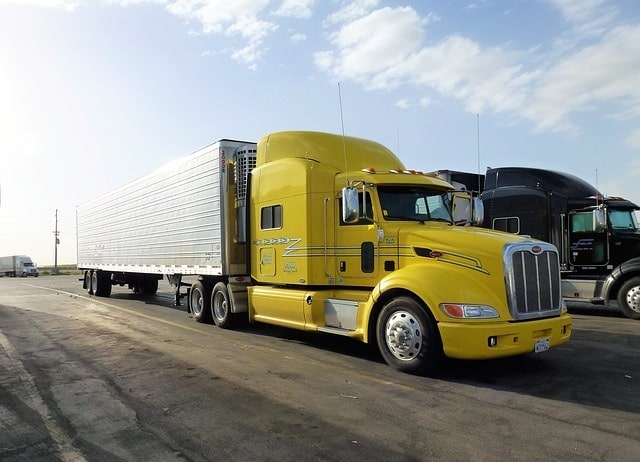
It’s time to get into the fat of the subject – how to calculate GVWR. As mentioned, following GVWR compliance laws rests solely on the shoulders of the operator, but it’s your responsibility as a truck trailer manufacturer to ensure that your customer is being matched with a product that fits their current fleet.
To do this, you must come up with a mock calculation to determine a GVWR. You can do this by plugging numbers into this formula:
To break this down simply, the trailer capacity is the weight that your trailer has been rated to safely hold. This is the exact weight that you, as a manufacturer, are required to have printed and displayed on your product. Conversely, the trailer weight is the combined weight of every item that your customer plans to haul in the trailer.
Typically, this is where operators or fleet managers make their mistakes. It’s easy enough to come up with a weight load figure, even an estimated one, but the elements that usually fall by the wayside are the added accessories that contribute to the overall weight of the load.
As a truck trailer manufacturer or dealer, you won’t be there to monitor what is being loaded into the trailer, but you can engage your customer in such a way to get them thinking proactively about their objectives before they select their equipment.
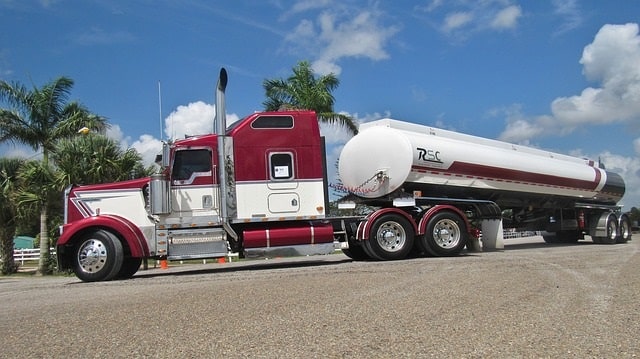
All too often people mix up GVWR for GAWR – and vice-versa. Though both are very important measurements to know, they consist of entirely different metrics that simply cannot be used interchangeably.
Let’s look at GVWR. As you’ll remember, GVWR is the maximum operating weight, a number that is determined only by the manufacturer of the truck, and no one else. This weight includes every element of the truck and trailer, including the chassis, body, engine, fuel, accessories, operator, etc. GVWR must be displayed on the vehicle. Typically, it’s displayed on a metal data plate that can be found on the truck’s door jamb or the inside of the doors on both sides of the power unit. Labels or plates that display GVWR must remain legible, and trucks are exposed to harsh weather conditions regularly. Manufacturers generally opt for durable metal data plates, such as Metalphoto® photosensitive anodized aluminum rating plates, to ensure readability throughout the lifespan of the vehicle.
On the opposite end of the spectrum is the GAWR, the gross axle weight rating. This number deals exclusively with tire size and inflation pressure as they correspond to single axles. Because of this, each axle carries its unique GAWR that is usually accompanied by an ‘FR’ (front wheel) or ‘RR’ (rear wheel).
Of course, both of these figures must be understood and known by the operator, as they relate to the overall safety of the entire truck-trailer combination.
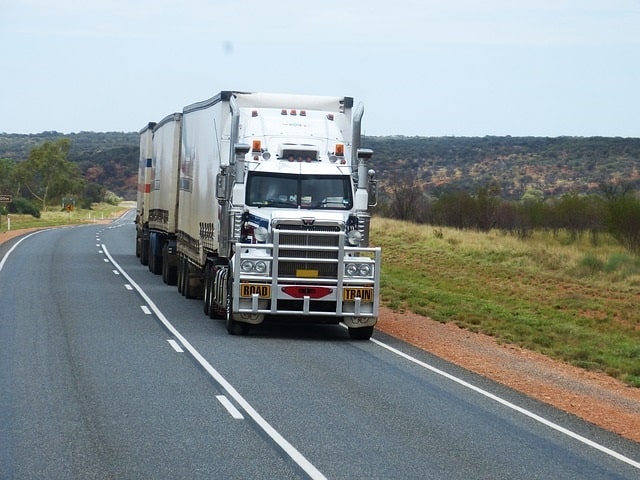
As indicated previously, it is not the responsibility of the truck trailer manufacturer to enforce GVWR, but that doesn’t mean that it’s not something that every single one of your salespeople and customer-facing associates shouldn’t know about.
By getting acquainted with this system, you will be providing your clients with the correct information that they need to be on the right side of the law, which only boosts your overall customer experience.
So, what’s the best way to guarantee that yours are making the right decision when purchasing a trailer for their truck? The first thing you can do is get to know what their current and/or future fleet looks like. Here are some of the questions you should ask to determine the trailer that fits your customers best:
Once your customer has carefully answered all of the listed questions (preferably in the form of a written questionnaire) you will then be able to confidently sell them a trailer that fits their needs best. Supplying your salespeople with printed questionnaires is a key step as it helps make certain that the series of important GVWR-related questions won’t get lost in a sales pitch or price negotiation.
In addition to blueprinting and devising a questionnaire, it’s smart to periodically reinforce your employees’ knowledge about the importance of GVWR and the local, state, and federal laws that surround it. The best way to do this is, of course, implementing this into your initial training program.
Once you are confident that your employees have a good handle of GVWR, create and circulate your own spreadsheets that detail the GVWR ratings of the vehicles that most commonly get paired with your trailers. Once every customer-facing associate has this tool at their disposal, they will be able to provide the proper info quickly and easily.
For more information on gross vehicle weight ratings (GVWR), visit the following resources:
Read More from Metalphoto of Cincinnati:
Our sales engineers are experts in automatic asset tracking, tagging and identification,a nd can answer all your questions. Get in touch now.
Lets Talk ›